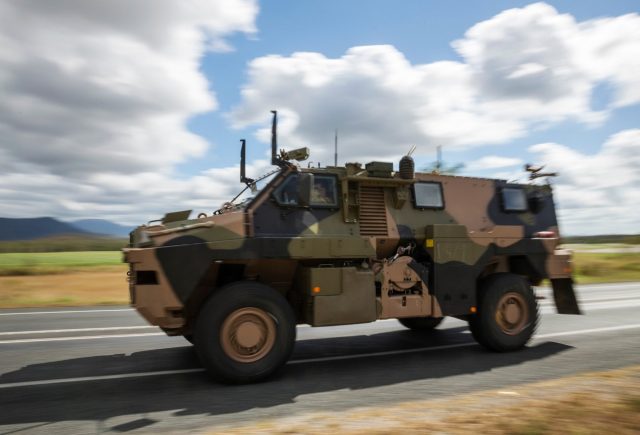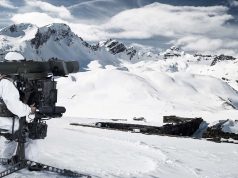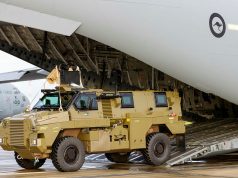The Royal New Zealand Army will receive new Bushmaster protected mobility vehicles to replace its ageing Pinzgauer fleet after the government gave its green light for the purchase on July 8.
A total of 43 Australian-designed and built Bushmaster NZ5.5 will provide better protection for personnel and improved carrying capacity.
“The age and lack of protection offered by the old fleet make this another investment in New Zealand defense force capability that must be made in order to protect our service people,” the country’s defense minister Ron Mark said.
“The need to replace the army’s fleet of land vehicles was outlined in last year’s Defence Capability Plan, with the armored Pinzgauer highlighted as a vehicle type reaching the end of its operational life and prioritized for replacement.”
The government has set aside NZ$102.9 million (approx. US$67.6m) will deliver the vehicles, along with training, a desktop simulator, support equipment and infrastructure upgrades at Linton Camp.
Along with wide use in Australia and other Five Eyes nations, the Bushmaster is already in service with New Zealand’s Special Operations Forces.
The new Bushmaster fleet will supplement other vehicles and provide new capabilities, such as a protected ambulance, that the army does not currently have. The vehicle’s high levels of blast and ballistic protection makes it suitable for deployment as a troop transport, operating as a command and communication hub.
“This is the second fleet of protected mobility vehicles approved for purchase by the Government. It follows delivery this year of the Polaris MRZR fleet of side by side all-terrain vehicles that were announced last year to replace the quad bikes and other small vehicles used by the New Zealand Army,” said Ron Mark.
Deliveries are expected to start in late 2022 with the full fleet beginning operational introduction from late 2023.



























